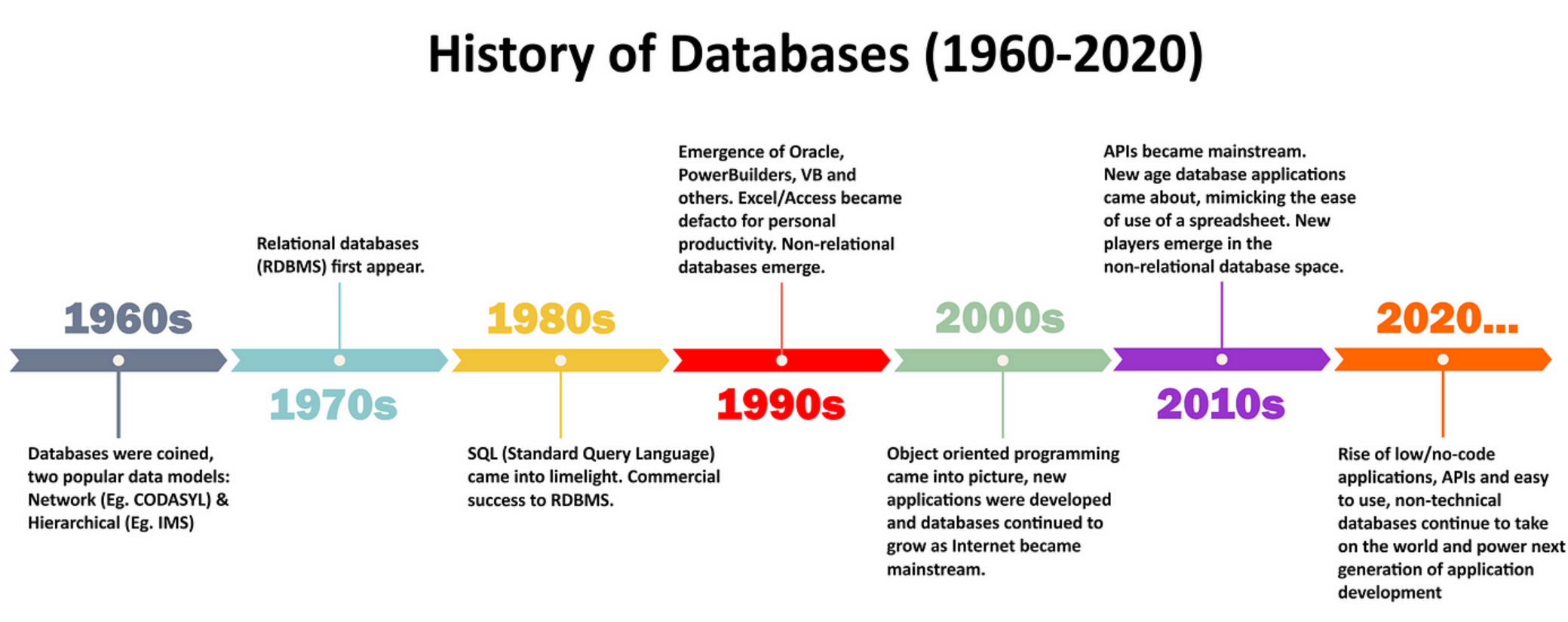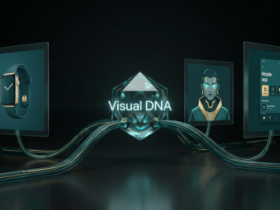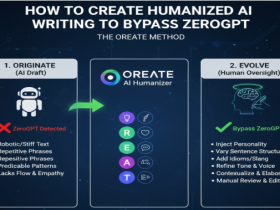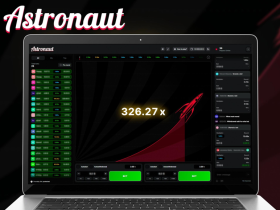Ingres, short for Interactive Graphics and Retrieval System, emerged in the late 1970s as one of the pioneering relational database management systems (RDBMS). Developed at the University of California, Berkeley, Ingres was designed to facilitate the management of vast amounts of data, leveraging the principles of the relational model proposed by Edgar F. Codd. Codd’s model provided a theoretical foundation for organizing data in tabular forms, enabling users to perform complex queries efficiently.
The primary architects of Ingres were Michael Stonebraker and his team, who sought to create a more accessible and flexible database system compared to its predecessors. The system was initially designed for academic purposes, but its capabilities quickly attracted attention from various industries looking to harness the power of relational databases for data management.
The Rise of Relational Databases
Throughout the 1980s, the need for efficient data management systems grew exponentially as businesses began to realize the value of data-driven decision-making. Ingres stood out among its competitors, such as Oracle and IBM’s DB2, due to its innovative features and user-centric design. Notably, Ingres introduced the concept of SQL (Structured Query Language) as its primary language for database interaction, a decision that would profoundly shape the future of relational databases.
SQL allowed users to execute complex queries with ease, making it much simpler for non-technical users to interact with databases. As organizations started adopting relational databases, Ingres became a popular choice for enterprise applications, particularly in sectors like finance, healthcare, and telecommunications.
Key Features and Innovations
One of the defining characteristics of Ingres was its emphasis on extensibility and modularity. The system was designed to be flexible, allowing organizations to tailor the database to their specific needs. This adaptability was particularly appealing to developers and database administrators, as it enabled them to implement custom features and optimize performance.
Ingres also introduced several key features that became standard in relational databases, including:
1. Data Integrity: Ingres implemented various integrity constraints to ensure that data remained accurate and consistent, reinforcing the reliability of the database system.
2. Transaction Management: The system supported ACID (Atomicity, Consistency, Isolation, Durability) properties, which are essential for ensuring that transactions are processed reliably.
3. Concurrency Control: Ingres allowed multiple users to interact with the database simultaneously without compromising data integrity, making it suitable for large-scale applications.
4. Query Optimization: The database included sophisticated query optimization techniques, enabling it to execute complex queries efficiently.
The Transition to Commercialization
In the early 1990s, the growing demand for commercial relational database systems prompted the creators of Ingres to establish a commercial entity called Ingres Corporation. This transition marked a significant turning point for the database, as the company began to offer support, training, and consulting services to its clients.
As Ingres Corporation gained traction in the marketplace, the database underwent several enhancements and iterations. The introduction of Ingres 2.0 in 1985 brought with it improvements in performance, security, and scalability, reinforcing the system’s position in the competitive landscape.
Moreover, Ingres Corporation expanded its offerings to include tools for data warehousing, data analytics, and business intelligence. These additions allowed organizations to derive actionable insights from their data, further solidifying Ingres’s relevance in an increasingly data-driven world.
The Open Source Era
The advent of the open-source movement in the late 1990s and early 2000s represented another significant chapter in Ingres’s evolution. In 2005, Ingres Corporation transitioned the database to an open-source model, allowing developers and organizations to access the source code freely. This decision aimed to foster collaboration and innovation within the developer community, particularly as competition from open-source databases like MySQL and PostgreSQL intensified.
The open-source version of Ingres maintained many of the core features that had made the original system popular while also incorporating new capabilities to meet modern data management demands. The shift allowed Ingres to attract a new generation of users and developers who sought an alternative to proprietary database solutions.
Modern Developments and Future Prospects
In the years following its open-source transition, Ingres has continued to evolve in response to changing technology landscapes and user requirements. The emergence of cloud computing and big data analytics has influenced the development of modern database systems, and Ingres has adapted accordingly.
Recent versions have introduced functionalities that support cloud deployment, enhanced performance optimizations, and integration with big data technologies. These advancements allow organizations to leverage Ingres not only as a traditional RDBMS but also as a component of modern data architecture, accommodating diverse data workloads and analytics.
Moreover, as businesses increasingly embrace artificial intelligence and machine learning, Ingres is integrating capabilities that allow for advanced data processing and predictive analytics. This trend positions Ingres to remain relevant in a competitive market where data management needs are continually evolving.
Modern Technology
Ingres has come a long way since its inception in the 1970s, evolving from an academic project into a robust, commercial RDBMS with a rich history. Its journey reflects the broader evolution of database technologies and the critical role that relational databases play in managing, analyzing, and leveraging data in today’s digital economy. As Ingres continues to innovate and adapt to the changing landscape, it remains a significant player in the realm of data management, embodying the spirit of collaboration and open-source development that defines the modern technology ecosystem.
The Evolution of Relational Database Management Systems

What’s your reaction?
Love0
Sad0
Happy0
Sleepy0
Angry0
Dead0
Wink0










































Leave a Reply